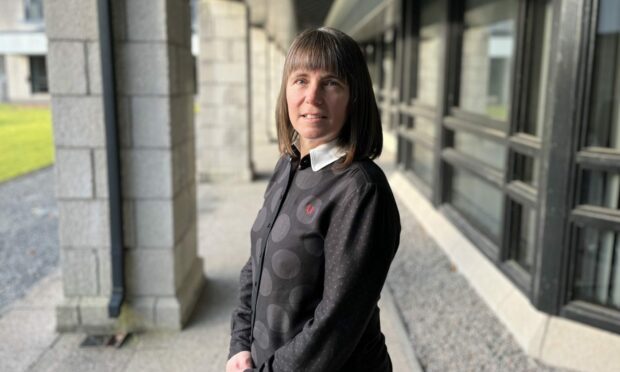Green hydrogen technology start-up sHYp has moved into offices and laboratory space at the James Hutton Institute in Aberdeen creating five jobs.
The move will allow the sHYp to access the institute’s specialist analytical equipment and expertise to help develop what could be the first electrolyser able to produce hydrogen from sea water, without the need for desalination, which traditional electrolysis techniques need.
sHYp was recently awarded funding from the Net Zero Technology Centre (NZTC), which will allow it to increase its staffing from one to five in by summer.
The first appointment will be an electrochemist, starting next month.
Develop new technology
sHYp director for Scotland Jennie Morrison said: “We’re really happy to be here at the James Hutton Institute where we will be able to work on and develop our technology and grow our team in-house, instead of having to rely on external laboratory support.
“Laboratory space and access to specialist analytical and characterisation equipment can be challenging, but it will be invaluable to us as we develop our technology here in Scotland.
“It’s also important to us to be based in Scotland, which we see as leading the way in hydrogen technology development and could be a hydrogen exporter in years to come.”
sHYp says its technology, which splits seawater into hydrogen and oxygen using renewable electricity, would also be able to extract by-products such as carbon dioxide and magnesium hydroxide, used in building and pharmaceuticals.
This means it could add valuable income streams and reduce the price to customers of its green hydrogen.
The technology could then help any power users close to or at sea, such as ports and offshore vessels and facilities, to harness any surplus offshore renewable energy they produce by turning it into hydrogen.
Benefit the Granite City
James Hutton Institute deputy chief executive and director of science Deborah Roberts said: “We are excited to welcome sHYp to our Craigiebuckler campus.
“We believe that having leading-edge companies like sHYP co-locate with us, sharing our facilities and social spaces, will benefit both us and them and, ultimately, help to stimulate innovation for the benefit of Aberdeen and our wider society as a whole.”
The Delaware, US, based company, set up in 2019, joins a growing cohort of businesses based at the James Hutton Institute.
Other companies now on site include GlykoGen, which is developing cancer treating antibodies, Isotopic, which performs geochemical studies for industry, Aberdeen City Council’s Scientific Services Laboratory, which supports everything from testing water quality to checking food and commercial goods production compliance and regional community climate action support hub NESCAN.










